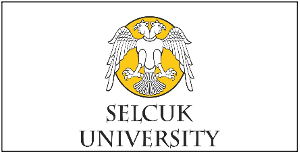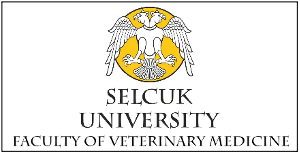| 2018, Cilt 34, Sayı 1, Sayfa(lar) 007-012 | |
| [ Özet ] [ PDF ] [ Benzer Makaleler ] [ Yazara E-Posta ] [ Editöre E-Posta ] | |
| Breed and Gender-related differences in Some Hematological Parameters of 3-Year-Old Horses in Flat Racing in Turkey | |
| Berjan DEMİRTAŞ | |
| Istanbul University, Vocational School of Veterinary Medicine, Equine and Training Programme, TR-34320 Avcilar, Istanbul-Turkey | |
| Keywords: Arabian, Thoroughbred, horse, flat racing, hematology | |
| Abstract | |
Aim: Breed, gender, age and geographical locations affect the hematological
values of horses. The aim of this study is to evaluate the
breed and gender related differences in hematological parameters
of 3 year-old horses running in flat racing in Turkey. A second aim is
to establish a preliminary study for the normal ranges of hematological
values in 3-year-old horses racing in Turkey. Materials and Methods: The hemogram data were collected from apparently healthy horses consisting of 40 Arabian (n:20 stallions; n:20 mares) and 40 Thoroughbred (n:20 stallions; n: 20 mares) 3-year-old horses who raced at Istanbul Veliefendi Racetrack in Turkey in 2017. Hemogram parameters were blood counts of red blood cell, hemoglobin, hematocrit, mean corpuscular volume, mean corpuscular hemoglobin, mean corpuscular hemoglobin concentration, red cell dispersion width, white blood cells, neutrophil, lymphocyte, monocyte, eosinophil, basophil and platelet. Data were analyzed by two-way analysis of variance method in SPSS for Windows version 13.0. The statistical model included breed, gender and breed x gender interactions as main effects. Results: Red blood cells (P<0.001), hemoglobin (P<0.001) and hematocrit (P<0.001) were found significantly higher in Thoroughbred than Arabian horses. Gender and breed x gender interaction did not have any significant effect on any parameters (P>0.05). Conclusions: Breed differences but not gender-related differences were observed in 3-year-old race horses. It seems there are some differences in some hematological parameters of both Arabians and Thoroughbred compared to their counterparts in other countries. It is advisable for researchers to determine their own reference ranges for breeds in their country. |
|
| [ Başa Dön ] [ Özet ] [ PDF ] [ Benzer Makaleler ] [ Yazara E-Posta ] [ Editöre E-Posta ] | |





